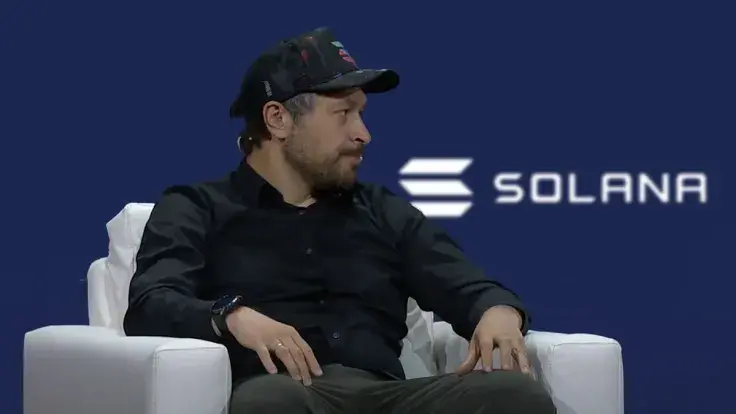
A new proposal to change the charging mechanism on Solana's blockchain, from co-founder Anatoly Yakovenko, has revealed a number of previously little-known insights.
First, the proposal itself involves setting a dynamic base fee, calculated on the basis of the current load on the SOL network, and charging for each computing unit requested by the transaction. According to Yakovenko, the solution should reduce fees during periods of low activity on the network and conversely increase fees when there is an increased load.
Thus, if the average load over the last eight blocks exceeds 50%, the base fee is increased by 12.5% and vice versa. The minimum fee is retained, and there is no maximum fee.
Dynamic base fees were in solana before ethereum
— toly 🇺🇸 (@aeyakovenko) December 6, 2022Advertisement
Such changes have reminded some of the Ethereum fee market, where they vary from network load level. Responding to this jab, Solana's co-founder said they had dynamic base fees even before their main competitor.
Solana (SOL) burning
Because of the prescribed burning rule in the proposal, it initially seemed to users that the SOL burning mechanism should appear, but it turned out that this was not the case.
The fact is that 50% of all collected fees in SOL are already subject to burning, Yakovenko said. Changing the fee mechanism would simply change the final number of SOL burned, to some extent.

 Dan Burgin
Dan Burgin Vladislav Sopov
Vladislav Sopov U.Today Editorial Team
U.Today Editorial Team